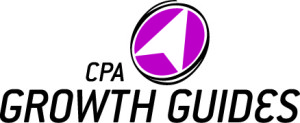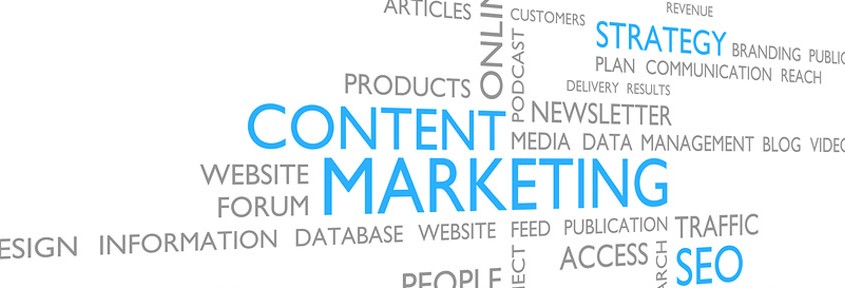Is There Strategy to Your Content Marketing?
Content marketing is hot today. It seems as if everyone is doing it. The problem is, not everyone is doing it well. That leaves a lot of disgruntled readers wanting more from what they consume.
How many times have you clicked on an article to read it and less than 200 words in you realize it’s not what you thought it would be? Or that it didn’t add anything to your knowledge base? Make sure you provide something of value to your readers so they keep coming back for more. This is easy to achieve in the accounting industry. After all, content marketing is all about sharing intellectual capital and that’s exactly what we’re selling.
Let’s say you’re working on your firm’s newsletter and decide to put an article in there about the different ways a business can transition to the next generation. Why did you include that article? If there is no rhyme or reason to what you share, you’re in need of a content strategy.
Pre-Plan Your Content
When you are developing a content strategy, you need to think about it holistically. You have many ways that you are talking with clients and prospects – through your enewsletter, blog, social media channels, etc. – and they are all opportunities to share content that will spark an interest in what you do.
You need to consider where you will get your content, who approves it and where will it be shared. Also, think about what type of content you’ll share where. Recipients of your general newsletter may not care about what’s happening in the construction industry. Content is not one-size-fits-all. You need to customize it to the both the audience and channel where it’s placed.
There are two types of content you need to think about; content that’s a part of your firm’s regular communications as well as campaign-based content that is helping you drive conversions for a specific offering. A lot of content can be preplanned with editorial calendars, but you can’t plan out every piece of content for the next year or even three months. Yes, your primary focus should be getting conversions, but you also want to show that you are cutting-edge and on top of what is happening in the world. If you don’t have any flexibility in your content calendar, how will you share breaking news that will impact businesses across the nation?
Capture Content Ideas
Most people struggle with what to write about. A content calendar will help by showing that you’ll write about tax tips this month. But what tax tips will you share? This information should be captured on a drawing board.
A drawing board is a sheet of paper, a Word document, a database or whatever platform you decide to use to capture ideas for future content. If a co-worker shares some catchy insight or you read something that you should be telling your clients about, add it to the drawing board. This is how you’ll capture solid ideas that can be further developed as needed.
Article ideas added to the drawing board should be issue-based and client-centric, not technical. Remember, you reader only cares about what’s in it for them and you need to communicate that.
Talk to Your Buyer
An important part of your content strategy should be the development of buyer personas. This is an exercise where you spell out your ideal buyer – even naming him or her. For example, you know your non-profit buyer is typically a forty-something, college-educated female you decide to call Jill. In the buyer persona, you document the challenges Jill faces, how she makes decisions, issues that are important to her, jargon she uses, and much more. Anything you write related to non-profits will be written to Jill. The topics you choose and the words you use tell Jill that you understand her – increasing the odds of your content being opened, read, shared and acted upon.
You will have a different buyer persona for each audience you are communicating with. And what you write for Jill will be quite different from what you write for Mike manufacturing. You need to know who your buyer is so you can better relate to him or her.
Get Strategic
Your prospects are bombarded with content, and you need to make sure your messages are getting through. Think about how your clients and prospects consume information and what they are looking for, and then deliver it in a format they can relate to. Most importantly, look to improve the quality of your content. Make sure it adds value to what they do on a daily basis.
Quality content will bring prospects into your sales funnel. You can then nurture that relationship with different types of content. None of that can be accomplished without a strategy. And like any good strategy, it needs to be documented if you want to be successful.
Get started on you content marketing strategy today and detail how you’ll engage clients and prospects more effectively.



